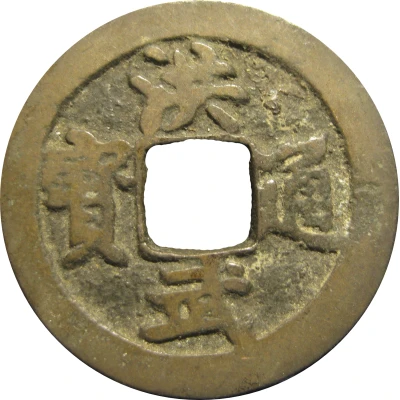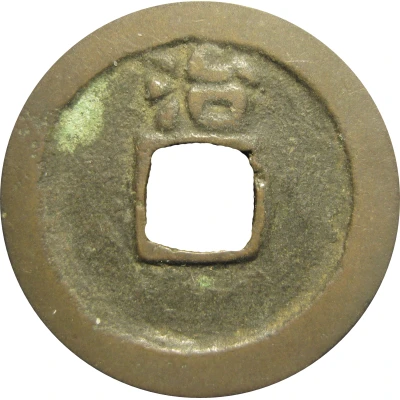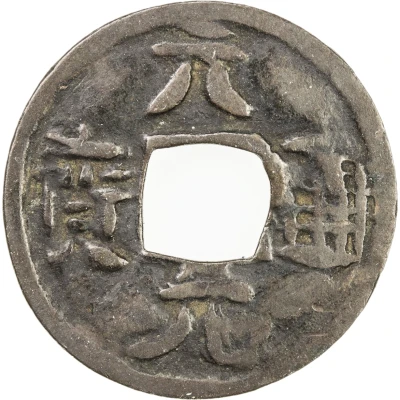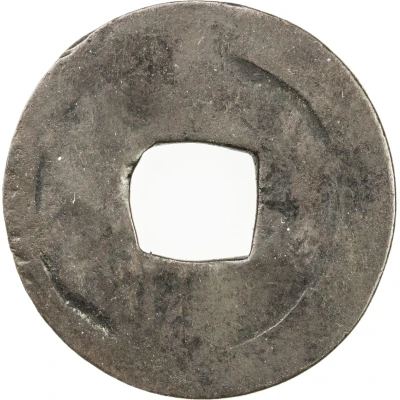


© ollisaarinen (CC BY)
1 Mon "Kōbu Tsūhō" Kajiki-sen ND
| Bronze | 2.8 g | 23.7 mm |
| Issuer | Japan |
|---|---|
| Type | Standard circulation coin |
| Years | 1573-1688 |
| Value | 1 Mon |
| Currency | Mon (683-1953) |
| Composition | Bronze |
| Weight | 2.8 g |
| Diameter | 23.7 mm |
| Thickness | 1.1 mm |
| Shape | Round with a square hole |
| Technique | Cast |
| Orientation | Medal alignment ↑↑ |
| Demonetized | Yes |
| Updated | 2024-10-05 |
| Numista | N#123909 |
|---|---|
| Rarity index | 83% |
Reverse
Character "Ji" above the hole
Lettering: 治
Translation: Reign
Edge
Plain
Comment
This is an illicit manufactured coin (私鋳銭) which imitated an official coin of the Ming dynasty, Hongwu Tongbao.While imitations of the Hongwu Tongbao cash were commonly made in the late 15th century, this particular type known as Kajiki-sen (加治木銭) was cast by samurai lord Shimazu Yoshihiro and his successors in the village of Kajiki (加治木), today part of Kagoshima Prefecture, from the Tenshō (天正) to Kan'ei (寛永) eras, ca. 1570's-1636 (the Tokugawa shogunate banned private minting that year, following the introduction of the Kan'ei Tsūhō coinage).
There are three reverse types known, Ka (加), Ji (治) and Ki (木), which stands for the name of the village. The sample coin is DHJ# 3.56.
Interesting fact
One interesting fact about the 1 Mon "Kōbu Tsūhō" (Kajiki-sen) ND (1573-1688) coin from Japan is that it was used as a form of currency during the Edo period, which was a time of relative peace and stability in Japan. This coin was widely used for everyday transactions and was an important part of the economy during that time.

